Ensuring the secure transportation of goods is paramount in the trucking industry. The Department of Transportation (DOT) has established comprehensive regulations to govern the chaining down of loads, safeguarding both the driver and the public. At CarMax Vehicle, we understand the intricate requirements and strive to provide semi-trailers that facilitate compliance with these essential regulations. This guide delves deep into the DOT regulations for chaining down loads, offering detailed insights and practical strategies to ensure your cargo remains secure during transit.
Understanding DOT Regulations for Cargo Securing
DOT regulations are designed to standardize load securing practices across the United States, minimizing the risk of accidents caused by shifting or falling cargo. These regulations are part of the Federal Motor Carrier Safety Administration (FMCSA) guidelines, which mandate specific requirements for securing various types of loads.
Key Components of DOT Cargo Securing Regulations
- Load Distribution: Ensuring weight is evenly distributed across the trailer to maintain vehicle stability.
- Tie-Down Equipment: Utilizing appropriate chains, straps, and other securing devices that meet or exceed DOT standards.
- Inspection Protocols: Regularly inspecting securing arrangements to identify and rectify potential issues.
- Driver Responsibilities: Training drivers on proper load securing techniques and the importance of compliance.

Types of Securing Devices Approved by DOT
Selecting the right securing devices is critical to comply with DOT regulations. Below is a comprehensive table outlining various approved devices and their specific uses:
| Securing Device | Description | Best Used For |
|---|---|---|
| Chains | High-strength metal links suitable for heavy loads. | Heavy machinery, construction materials |
| Ratchet Straps | Adjustable straps with ratcheting mechanisms for tension. | Versatile for various load types |
| Binders | Heavy-duty chains with tight link connections. | Large, bulky items |
| Bungee Cords | Elastic cords for light to medium loads. | Non-heavy items, temporary securing |
| E-Track Systems | Permanent or removable rails with adjustable straps. | Flexible cargo arrangements |
Detailed Steps for Chaining Down Loads According to DOT Standards
Step 1: Assessing the Load
Before securing a load, evaluate its weight, dimensions, and stability. Understanding these factors will determine the type and number of securing devices required.
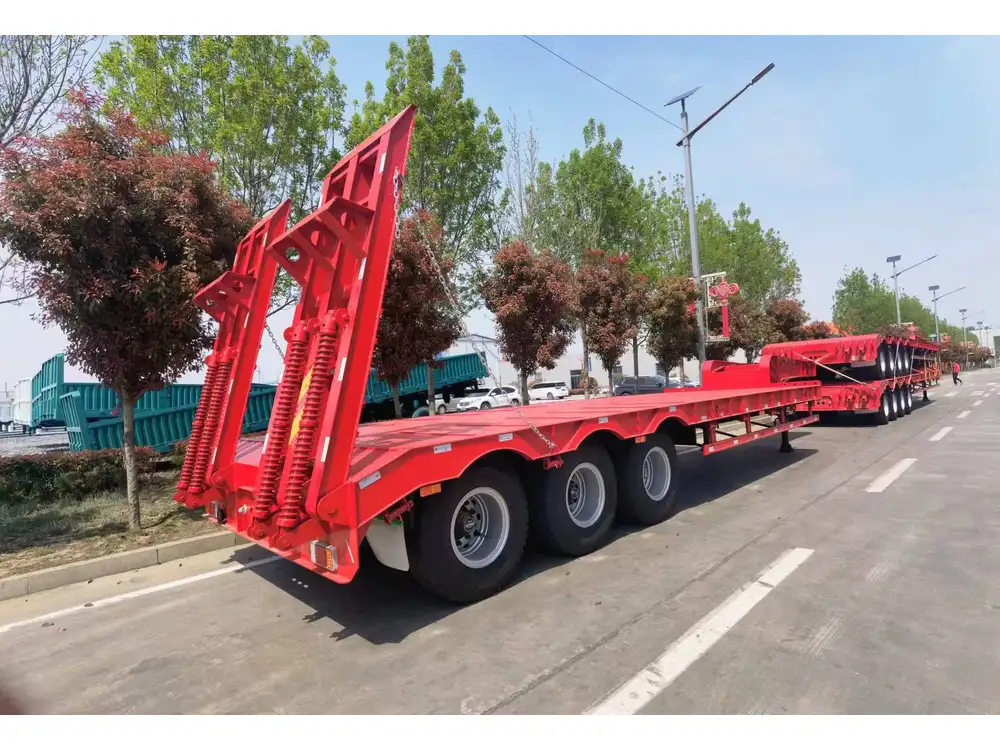
Step 2: Selecting Appropriate Securing Equipment
Choose chains, ratchet straps, or binders that are certified and rated for the load’s weight. Always opt for equipment with higher capacity ratings to ensure additional safety.
Step 3: Positioning the Load
Place the cargo as close to the trailer’s cab as possible to maintain balance. Distribute the weight evenly to prevent overloading one side of the trailer.
Step 4: Applying Securing Devices
Use a minimum of two tie-downs for every part of the load. Secure chains or straps diagonally and in tandem to distribute stress and prevent shifting.

Step 5: Tightening and Inspecting
Ensure all securing devices are tightly fastened without exceeding their breaking strength. Perform a thorough inspection to confirm that there is no slack or movement.
Step 6: Conducting Final Inspections
Before departure and during long hauls, stop periodically to recheck the securing arrangements. Environmental factors such as road conditions and weather can affect load stability.
Common Mistakes to Avoid in Load Securing
Adhering to DOT regulations can be challenging, and certain common mistakes can compromise load security. Recognizing and avoiding these pitfalls is essential for compliance and safety.
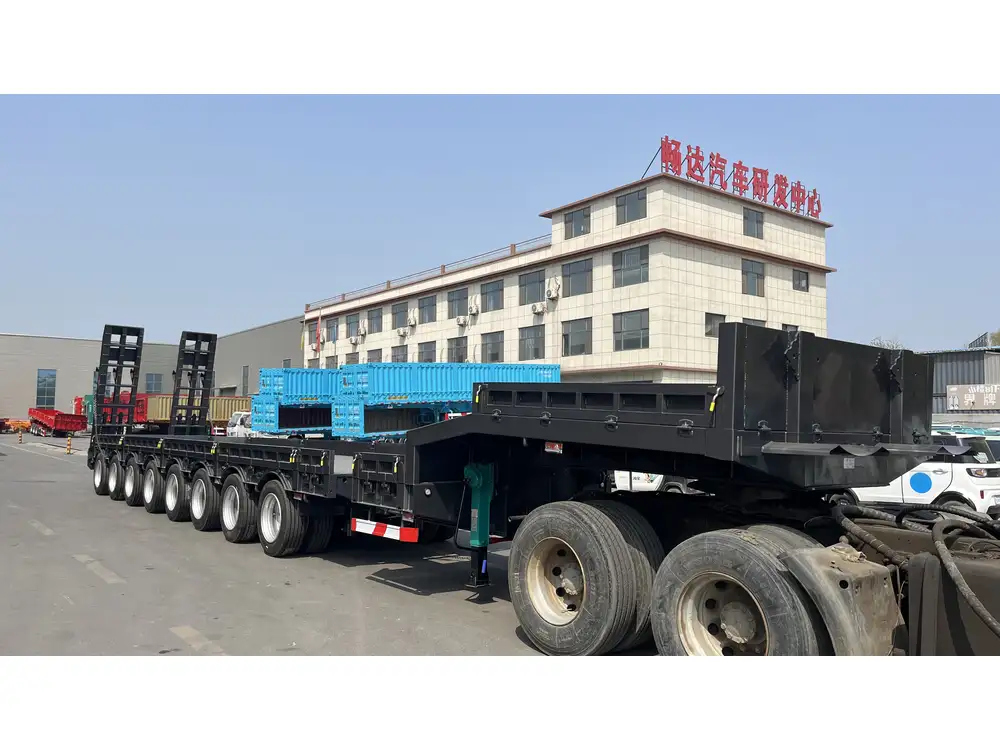
Inadequate Number of Securing Points
Underusing tie-downs can lead to uneven stress distribution, causing the load to shift during transit.
Poor Equipment Quality
Using worn-out or substandard chains and straps increases the risk of failure under tension, leading to potential accidents.
Incorrect Securing Techniques
Failing to secure the load properly, such as not using diagonal straps or failing to tension chains correctly, can result in instability.
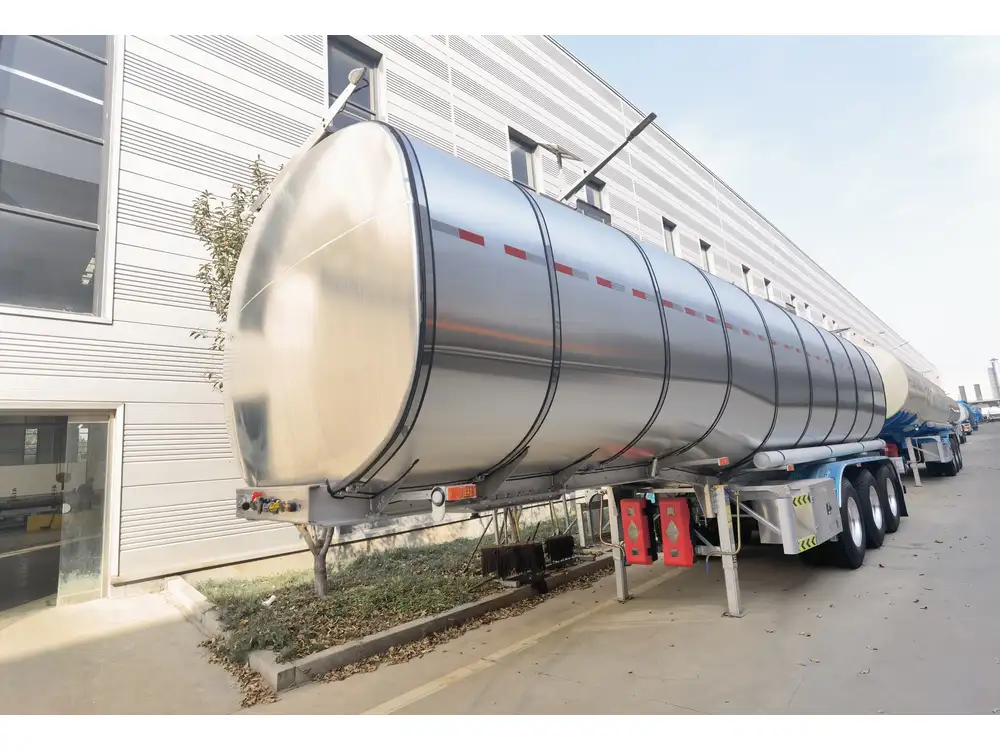
Overloading Tie-Downs
Exceeding the recommended load capacity of securing devices can cause equipment to break, compromising the entire load.
Neglecting Regular Inspections
Skipping routine inspections can allow unnoticed wear and tear on securing devices, leading to sudden load shifts.
CarMax Vehicle’s Solutions for Compliance
At CarMax Vehicle, we specialize in manufacturing semi-trailers designed to meet and exceed DOT cargo securing regulations. Our trailers incorporate advanced features that facilitate secure load chaining, offering drivers peace of mind and enhanced safety.
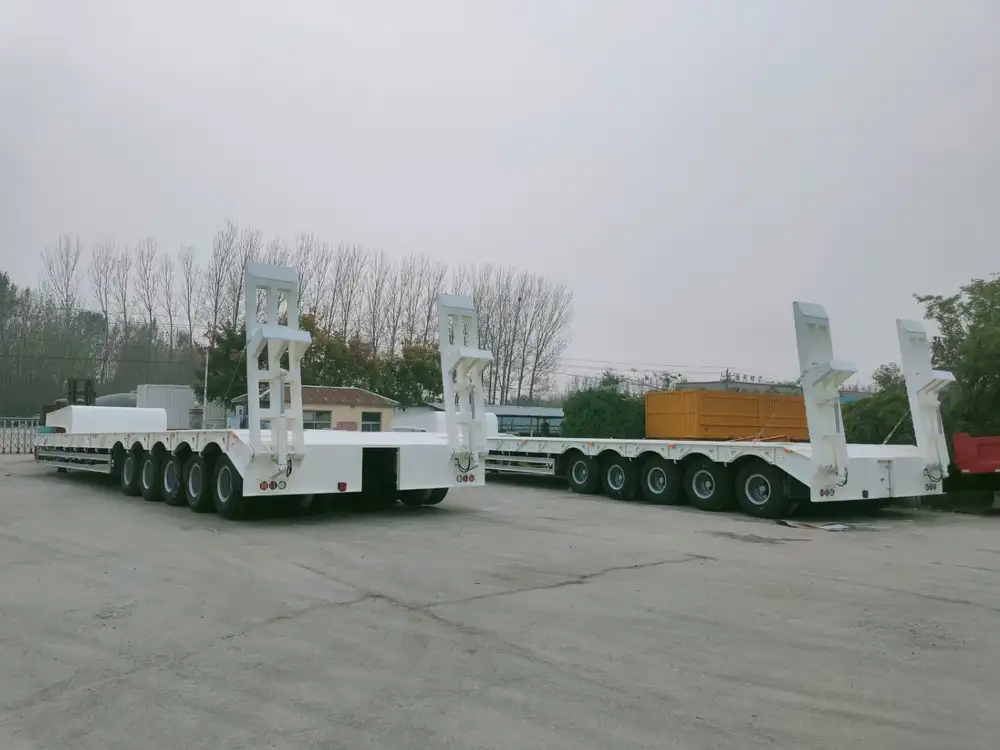
Features of CarMax Trailer Models
| Feature | Benefit |
|---|---|
| Built-in E-Track Systems | Provides versatile and adjustable securing points for various loads. |
| Reinforced Chassis | Ensures stability and durability under heavy loads. |
| Advanced Load Indicators | Alerts drivers to potential securing issues before they become hazardous. |
| Integrated Inspection Points | Simplifies the inspection process, ensuring compliance with DOT regulations. |
| Customizable Tie-Down Locations | Adapts to different cargo types, enhancing versatility and security. |
Best Practices for Maintaining Compliance
To maintain compliance with DOT regulations, adopting best practices in load securing is essential. Here are some strategies to enhance compliance and safety:
Regular Training Programs
Educate drivers and logistics personnel on the latest DOT regulations and effective load securing techniques. Continuous training ensures that employees are aware of compliance requirements and best practices.
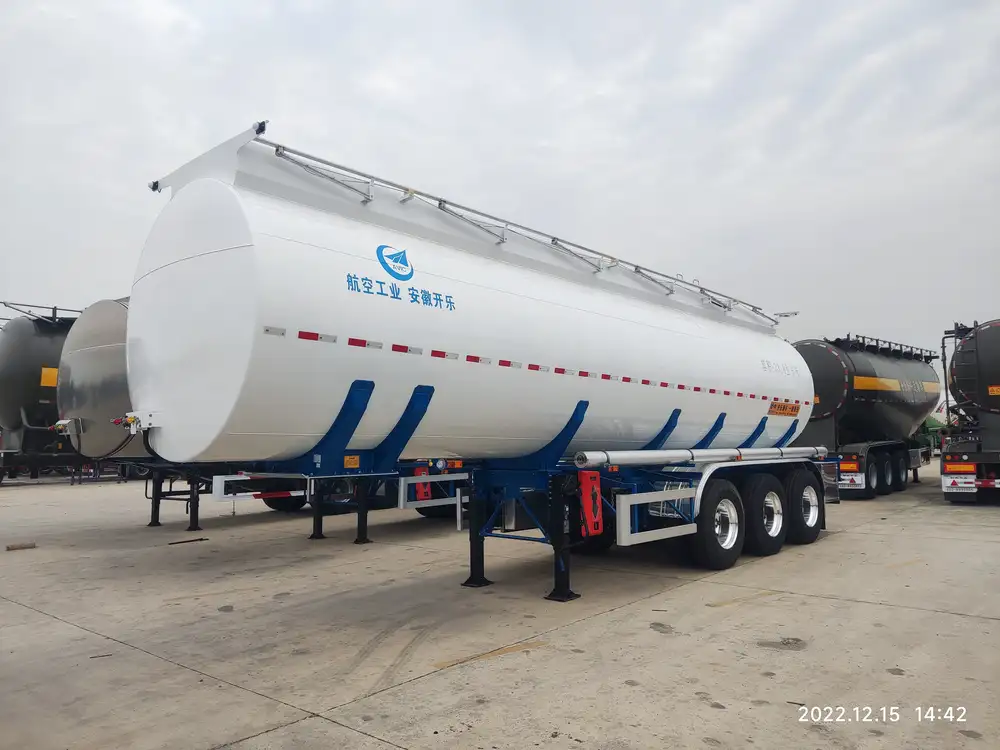
Routine Equipment Inspections
Implement a schedule for regularly inspecting securing devices and trailer components. Replace any worn or damaged equipment immediately to prevent potential failures.
Utilize Technology
Leverage load tracking and securing technology to monitor the stability of cargo during transit. Advanced systems can provide real-time data, enabling proactive adjustments to securing methods.
Documentation and Record-Keeping
Maintain detailed records of load securing practices and inspections. Documentation can demonstrate compliance during audits and investigations, providing a clear history of adherence to regulations.
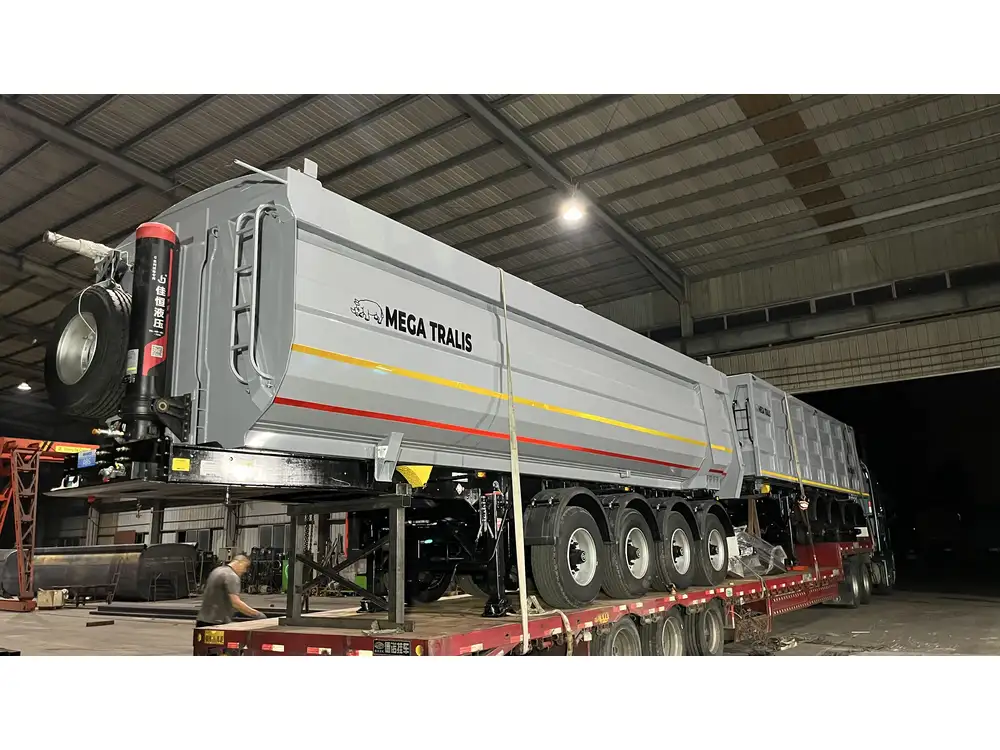
Collaborate with Experts
Partner with manufacturers like CarMax Vehicle to stay informed about the latest advancements in trailer design and load securing technologies. Expert collaboration ensures that your equipment remains compliant and effective.
Comparative Analysis: Traditional vs. Modern Securing Techniques
Understanding the evolution of load securing methods can help in selecting the most effective approach. Below is a comparison between traditional techniques and modern advancements.
| Aspect | Traditional Securing | Modern Securing |
|---|---|---|
| Equipment | Basic chains and straps | Advanced ratchet systems, E-Track, load indicators |
| Ease of Use | Time-consuming, manual adjustments | Automated tensioning, easy adjustments |
| Safety | Higher risk of human error | Enhanced safety features reduce errors |
| Efficiency | Slower loading and unloading | Faster processes with integrated systems |
| Durability | Prone to wear and tear | High-quality materials with longer lifespans |
Legal Implications of Non-Compliance
Failing to adhere to DOT regulations can lead to severe legal consequences, including hefty fines, suspension of licenses, and increased liability in the event of an accident.

Potential Penalties
- Fines: Monetary penalties can range from hundreds to thousands of dollars per violation.
- License Suspension: Repeated non-compliance can result in the suspension of operating licenses, halting business operations.
- Increased Liability: In accidents, non-compliance with securing regulations can lead to greater liability claims and legal actions.
Mitigating Legal Risks
By strictly following DOT regulations and maintaining proper load securing practices, companies can significantly reduce the risk of legal issues. Investing in high-quality securing equipment and regular training can serve as proactive measures against non-compliance.
Enhancing Load Security with CarMax Vehicle Trailers
CarMax Vehicle offers a range of semi-trailers engineered to elevate load security and compliance. Our trailers incorporate state-of-the-art features that simplify the process of chaining down loads, ensuring adherence to DOT regulations.
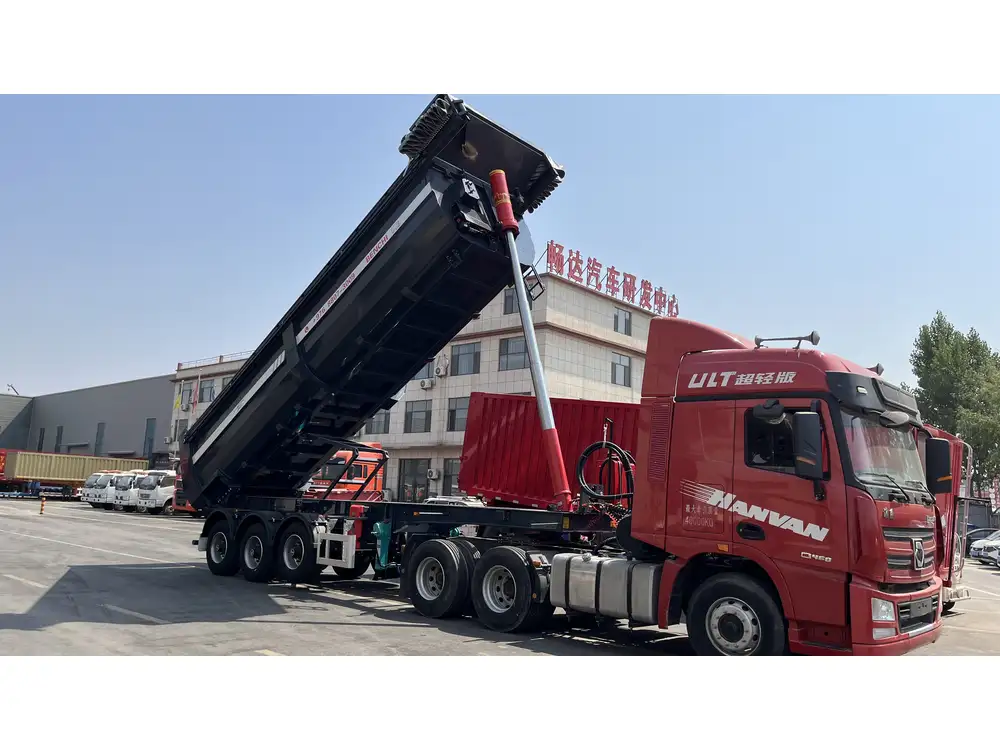
Customization Options
We provide customizable trailer configurations to meet diverse cargo requirements. Whether transporting heavy machinery or delicate goods, our trailers can be tailored to provide optimal securing points and load distribution.
Durability and Reliability
Our trailers are built with high-strength materials that withstand rigorous use and harsh conditions. This durability ensures that securing devices remain effective throughout the trailer’s lifecycle.
Innovative Design Features
CarMax trailers feature innovative design elements such as integrated securing points, reinforced walls, and load indicator systems. These features not only enhance security but also streamline the loading and unloading processes.

Future Trends in Load Securing and DOT Regulations
The landscape of load securing is continually evolving, influenced by advancements in technology and changing regulatory requirements. Staying abreast of these trends is crucial for maintaining compliance and enhancing load security.
Technological Advancements
- Smart Securing Systems: Integration of IoT devices to monitor load stability in real-time.
- Automated Tensioning: Systems that automatically adjust tension on chains and straps for optimal securing.
- Enhanced Load Indicators: Improved sensors and indicators that provide more accurate and timely alerts.
Regulatory Changes
DOT regulations are periodically updated to address emerging safety concerns and incorporate new technologies. Companies must stay informed about these changes to ensure ongoing compliance and leverage new securing methods.

Sustainability Considerations
Increasing focus on sustainability is driving the development of eco-friendly securing materials and practices. Utilizing durable, recyclable, and energy-efficient securing devices aligns with regulatory trends and corporate sustainability goals.
Conclusion
Adhering to DOT regulations for chaining down loads is essential for the safety and efficiency of transportation operations. At CarMax Vehicle, we are committed to providing semi-trailers that not only meet but exceed these regulatory standards. By understanding and implementing the detailed guidelines outlined in this guide, you can ensure secure, compliant, and efficient cargo transportation. Trust CarMax Trailer to support your load securing needs with our advanced, reliable, and customizable trailer solutions.
Frequently Asked Questions (FAQs)

1. What are the primary DOT regulations for securing loads on a semi-trailer?
DOT regulations require that all loads be securely fastened using appropriate tie-downs, ensuring that the load is stable and does not shift or fall during transit. This includes proper weight distribution, using sufficient tie-down points, and regularly inspecting securing devices.
2. How often should securing devices be inspected according to DOT guidelines?
Securing devices should be inspected before and during each trip. Regular inspections help identify wear, damage, or improper securing that could compromise load stability and safety.
3. Can I use bungee cords to secure heavy machinery on my trailer?
Bungee cords are generally not recommended for securing heavy machinery. According to DOT regulations, heavy loads should be secured with high-strength chains or ratchet straps that are specifically rated for the load’s weight and type.

4. What are the consequences of non-compliance with DOT load securing regulations?
Non-compliance with DOT load securing regulations can result in significant fines, suspension of operating licenses, and increased liability in the event of an accident. It is crucial to adhere to these regulations to avoid legal and financial repercussions.
5. How does CarMax Vehicle ensure its trailers comply with DOT regulations?
CarMax Vehicle designs and manufactures trailers with integrated securing features that meet and exceed DOT standards. Our trailers include advanced load securing systems, high-quality materials, and customizable options to ensure compliance and enhance load security.



